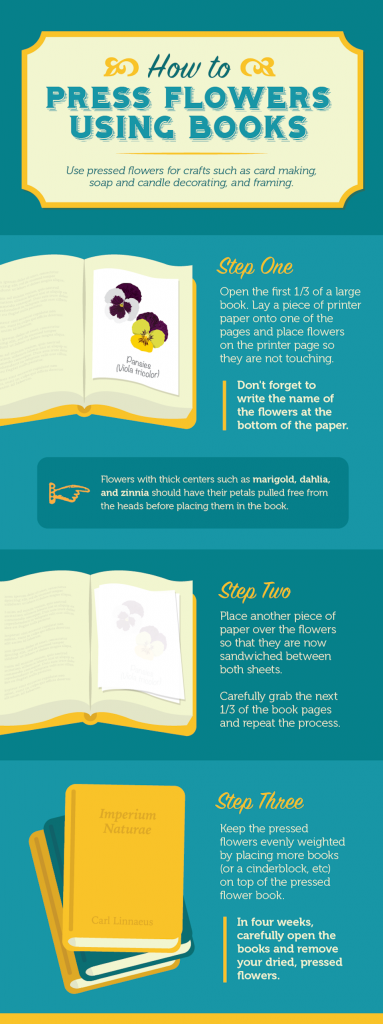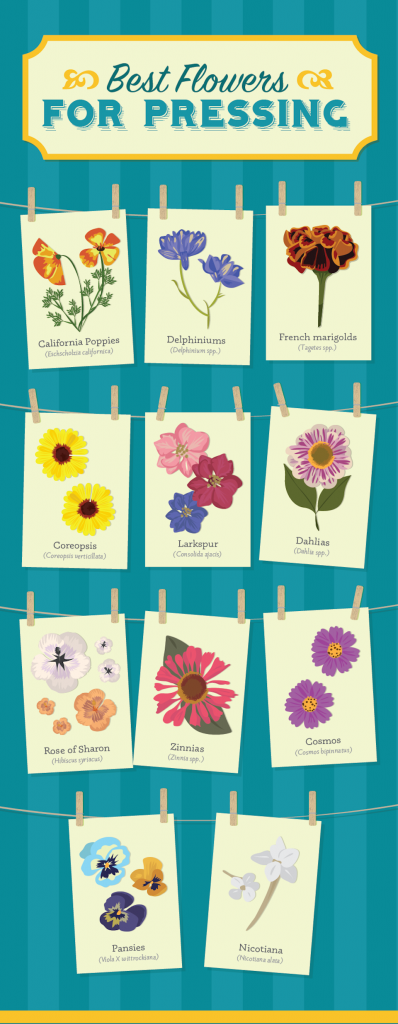Most everything we gardeners grow is planted for a reason. We grow vegetables to feed our families and flowers to feed our hearts and souls. Gardeners who enjoy making things will also grow plants for crafting. For those interested in flexing their crafting skills, there’s no better garden investment than planting flowers that can be dried and used for crafts right next to the veggies and herbs.

Although they’re not officially a botanical category, dried flowers or “everlastings” are flowers that keep on giving long after they’ve been cut from the plant. Species within this group basically consist of flowers, leaves, seed pods, and stems that hold their shape and color well after they dry out. This trait makes them extremely attractive to the crafty among us.
One of the best things about growing dried flowers is that they lead a double life. First, you can bring them into the house to enjoy them as fresh-cut flowers; later, you can dry them for use in homemade candles, perpetual flower arrangements, potpourri, tea, cards, wreaths, soap, drawer sachets, and tons of other handcrafts.

With dried flowers on hand, it’s easy to add a special touch to an otherwise-common item. For example, plain pillar candles can become custom pieces by placing dried flowers or leaves onto the sides of the candle and then dipping the entire candle into clear wax. Once the wax is dry, you have a one-of-a-kind decoration or gift.
Petals are the most obvious part of the plant used for crafting. However, some everlastings are grown for their seed pods, which show up soon after the flowers have gone. These pods are just as beautiful and often even more interesting than the flowers themselves.

When harvesting flowers to dry, choose blooms that are as young and unblemished as possible. Keep in mind that insect damage will become more noticeable as they dry.
Cut flower stems from the plant in the late morning on a dry day. By 11:00 am, the dew will have evaporated from the plant but the afternoon sun will not have had time to wilt the flowers. Cut the stems as close to the base of the plant as possible since a long stem makes the flowers easier to work with.
Continue reading this post from FIX.com here.
Babbs shared her pressed flower bookmark project here.
The Women's Outdoor News, aka The WON, features news, reviews and stories about women who are shooting, hunting, fishing and actively engaging in outdoor adventure. This publication is for women, by women. View all posts by The WON